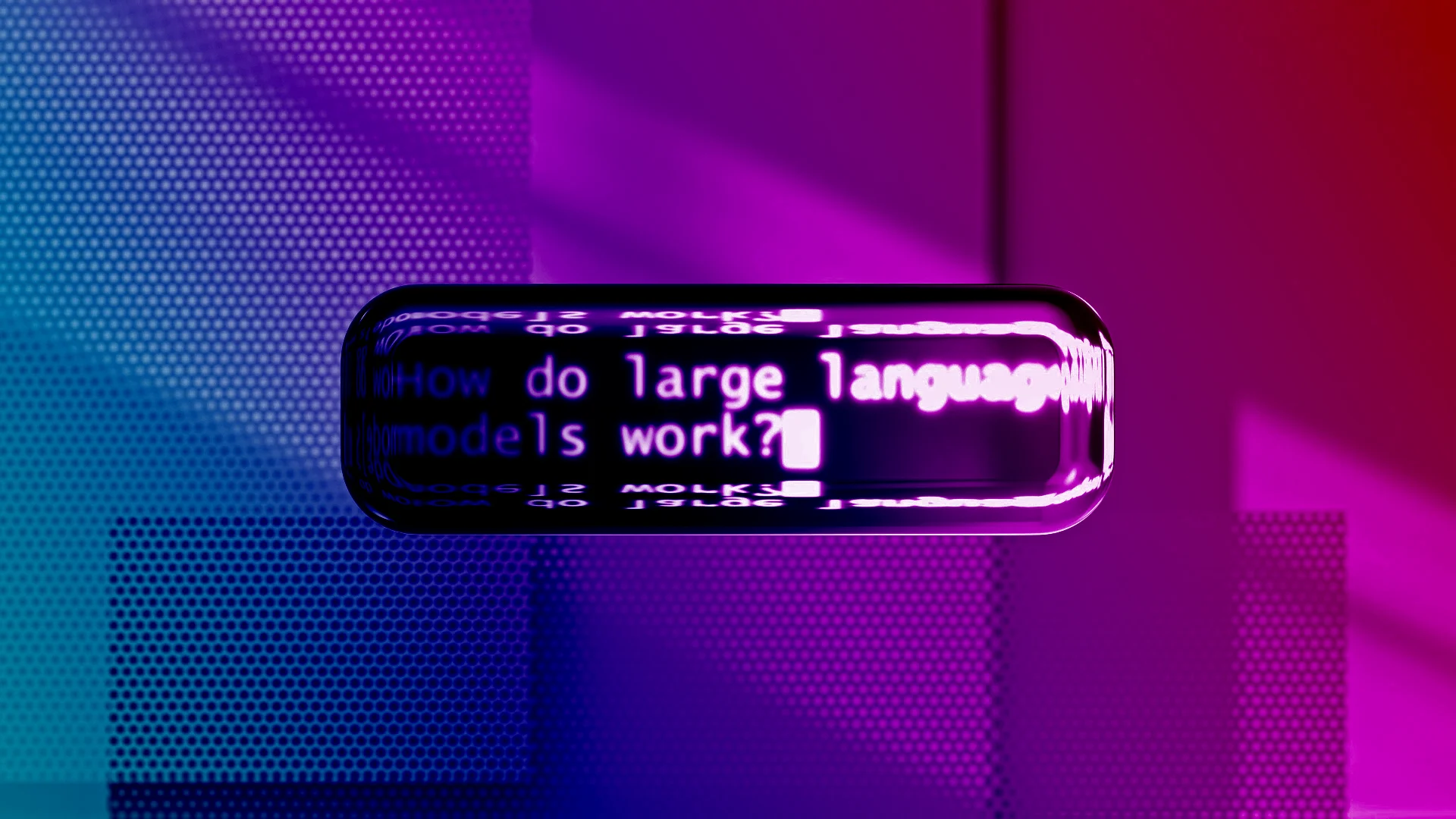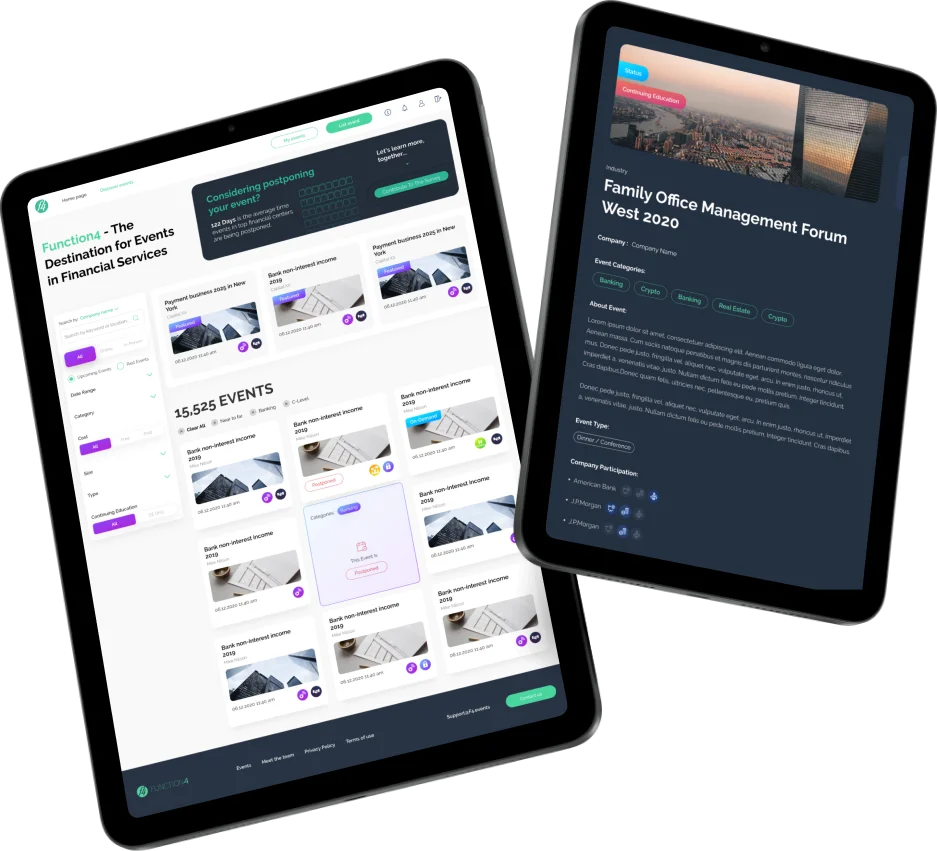We build a complete technical and strategic profile of your current system to define a transformation roadmap aligned with delivery goals and operational constraints.
Our work blends static inspection, behavioral diagnostics, stakeholder interviews, and architectural modeling. The process clarifies where you are, where you need to be, and how to structure the path in terms of sequence, impact, and risk.
The engagement includes five core services:
- Code and Dependency Analysis. We deconstruct monolithic systems into functional units, mapping critical execution paths, version drift, and cross-cutting dependencies. This reveals the architectural spine and surface areas that inhibit modularity or scalability.
- Process–System Alignment. Through interviews with engineering, product, and business stakeholders, we align the system’s actual behavior with the organization’s operational logic, uncovering implicit rules, decision chains, and friction points.
- Fragility & Exposure Scoring. We identify brittle components, undocumented flows, and escalation risks. Each point of failure is classified by technical risk and business impact to prioritize stabilization and guide investment in transformation.
- Future-State Architecture Design. We model the target architecture — whether cloud-native, hybrid, or modular — structured around business needs, delivery constraints, and operational goals. Every layer is mapped for interoperability, resilience, and future growth.
- Agile Roadmap Construction. We translate findings into a transformation roadmap with defined entry points, measurable value milestones, and embedded risk controls. This roadmap enables agile execution without sacrificing structural integrity.
Deliverables include: a transformation code blueprint with architecture, roadmap, effort tiers, risk map, and velocity model — designed for structured execution and continuous alignment.





































